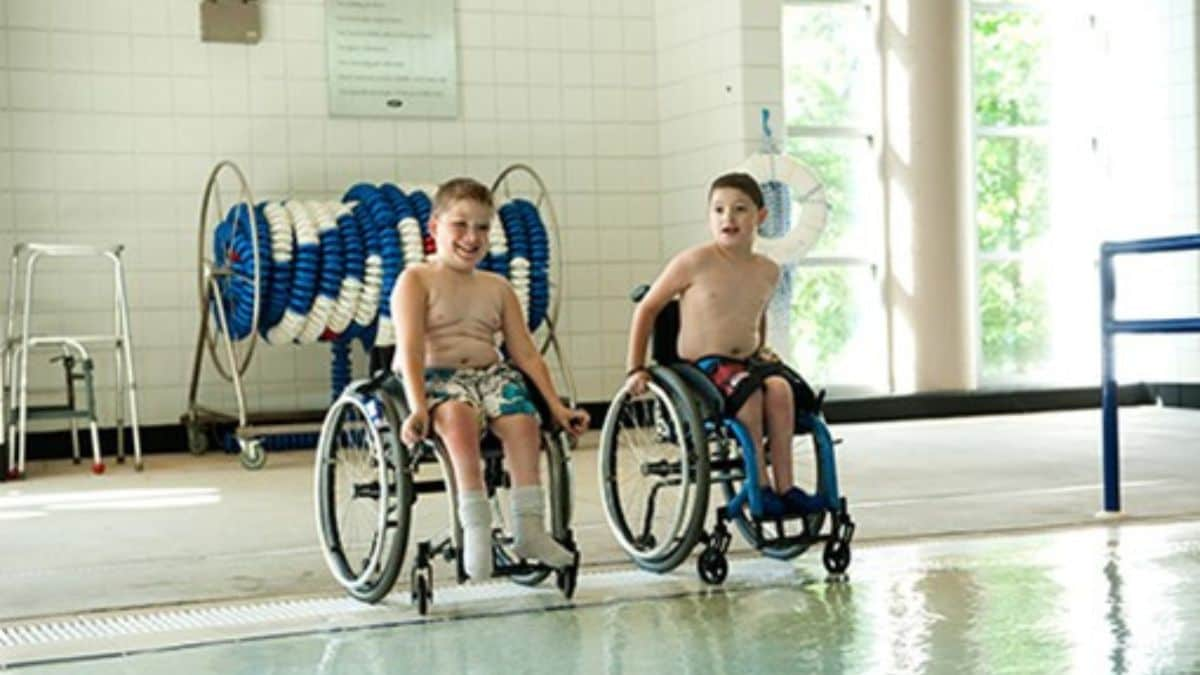What to know
- The National Spina Bifida Patient Registry collects information from patients to better understand their care and longer-term health.
- From 2009-2022, these data were collected from children and adults who received care at a participating spina bifida clinic.
- CDC manages the Registry, and in partnership with spina bifida patient organizations, shares findings with families and healthcare providers.

Type of spina bifida
Based on 11,812 Registry participants
- 76% Myelomeningocele
- 24% Non-myelomeningocele (including lipomyelomeningocele, fatty filum terminale, meningocele, split cord malformation, terminal myelocystocele)
Age
Age in years at last clinic visit. Based on 11,812 Registry participants
- 7% younger than 2
- 12% 2 to <5
- 20% 5 to <10
- 12% 10 to <13
- 21% 13 to <18
- 11% 18 to <22
- 17% 22 or older
Race/ethnicity
Based on 11,812 Registry participants
- 61% Non-Hispanic White
- 22% Hispanic or Latino
- 7% Non-Hispanic Black
- 7% Other*
- 2% Multiracial
- <1% Refused/Unknown
*Other includes Asian, Native Hawaiian, Other Pacific Islander, American Indian, and Alaskan Native.
Functional level of lesion
Based on 11,806 Registry participants
- 14% Thoracic
- 9% High-Lumbar
- 28% Mid-Lumbar
- 16% Low-Lumbar
- 33% Sacral
Mobility status
Based on 10,956 Registry participants aged 2 years and older
- 57% Community ambulators
- 8% Household ambulators
- 6% Therapeutic ambulators
- 29% Non-ambulators
Skin breakdown
Based on 11,812 Registry participants
- 29% had a history of skin breakdown
- 71% did not have a history of skin breakdown
By type of spina bifida
Based on 11,812 Registry participants
- Among Registry participants with myelomeningocele, 33% had a history of skin breakdown.
- Among Registry participants with non-myelomeningocele, 14% had a history of skin breakdown.
Bladder continence among impaired individuals
Based on 8,026 Registry participants, age 5 years and older, with impaired bladder function. Continence is defined as dry during the day in the last month.
- 31% continent
- 69% incontinent
By type of spina bifida (regardless of impairment)
- Among Registry participants ages 5 years and older with myelomeningocele, 34% are continent of bladder.
- Among Registry participants ages 5 years and older with non-myelomeningocele, 62% are continent of bladder.
Bowel continence among impaired individuals
Based on 7,589 Registry participants, ages 5 years and older with impaired bowel function. Continence is defined as not having any daytime leakage of stool in the last month.
- 47% continent
- 53% incontinent
By type of spina bifida (regardless of impairment)
- Among Registry participants ages 5 years and older with myelomeningocele, 51% are continent of bowel.
- Among Registry participants ages 5 years and older with non-myelomeningocele, 74% are continent of bowel.
Insurance type
Based on 11,709 Registry participants at last visit
- 48% Any private insurance; patients may have reported more than one source of insurance coverage.
- 46% Public insurance only
- 2% Supplementary insurance only
- 3% Supplementary insurance and public insurance
- 1% Uninsured

